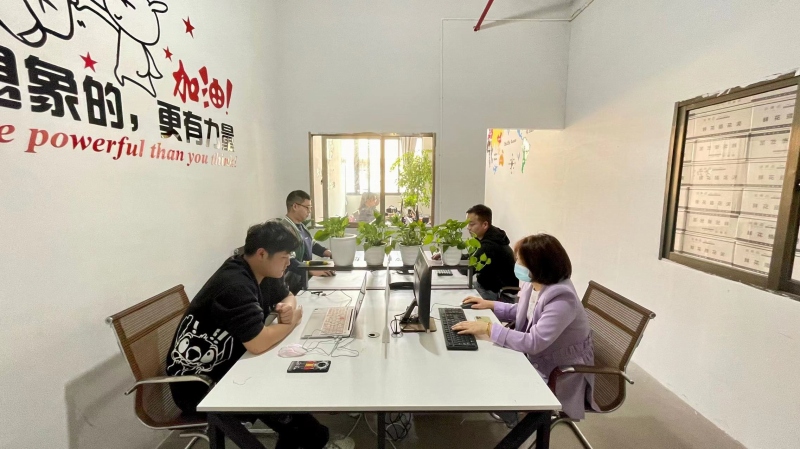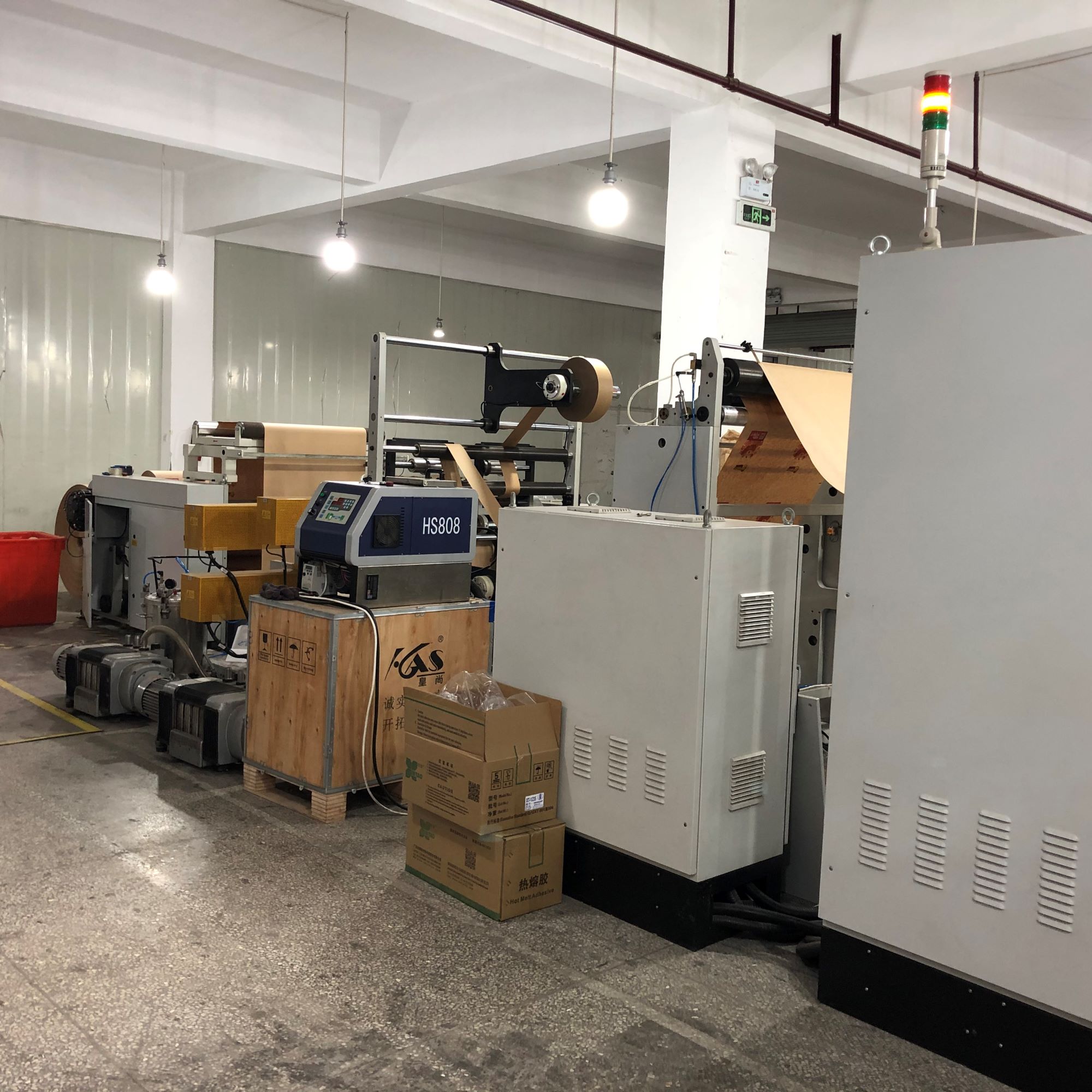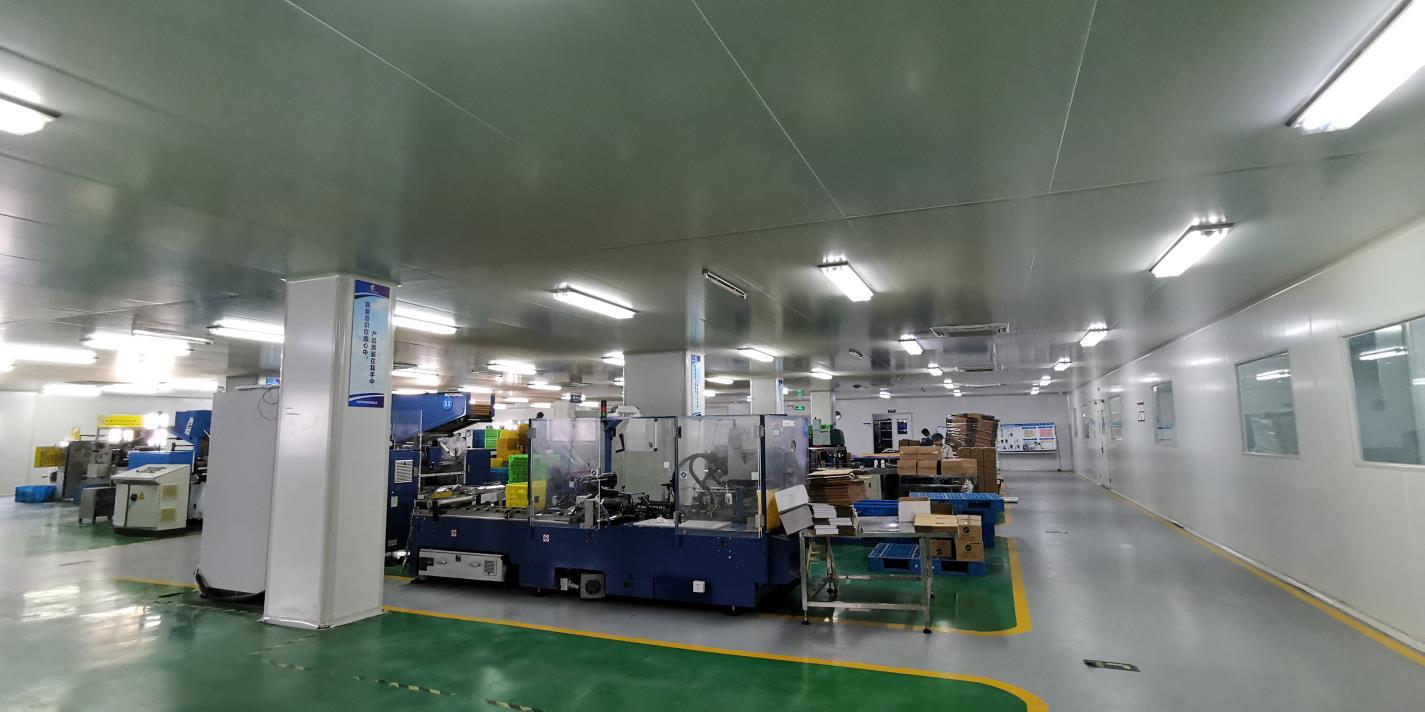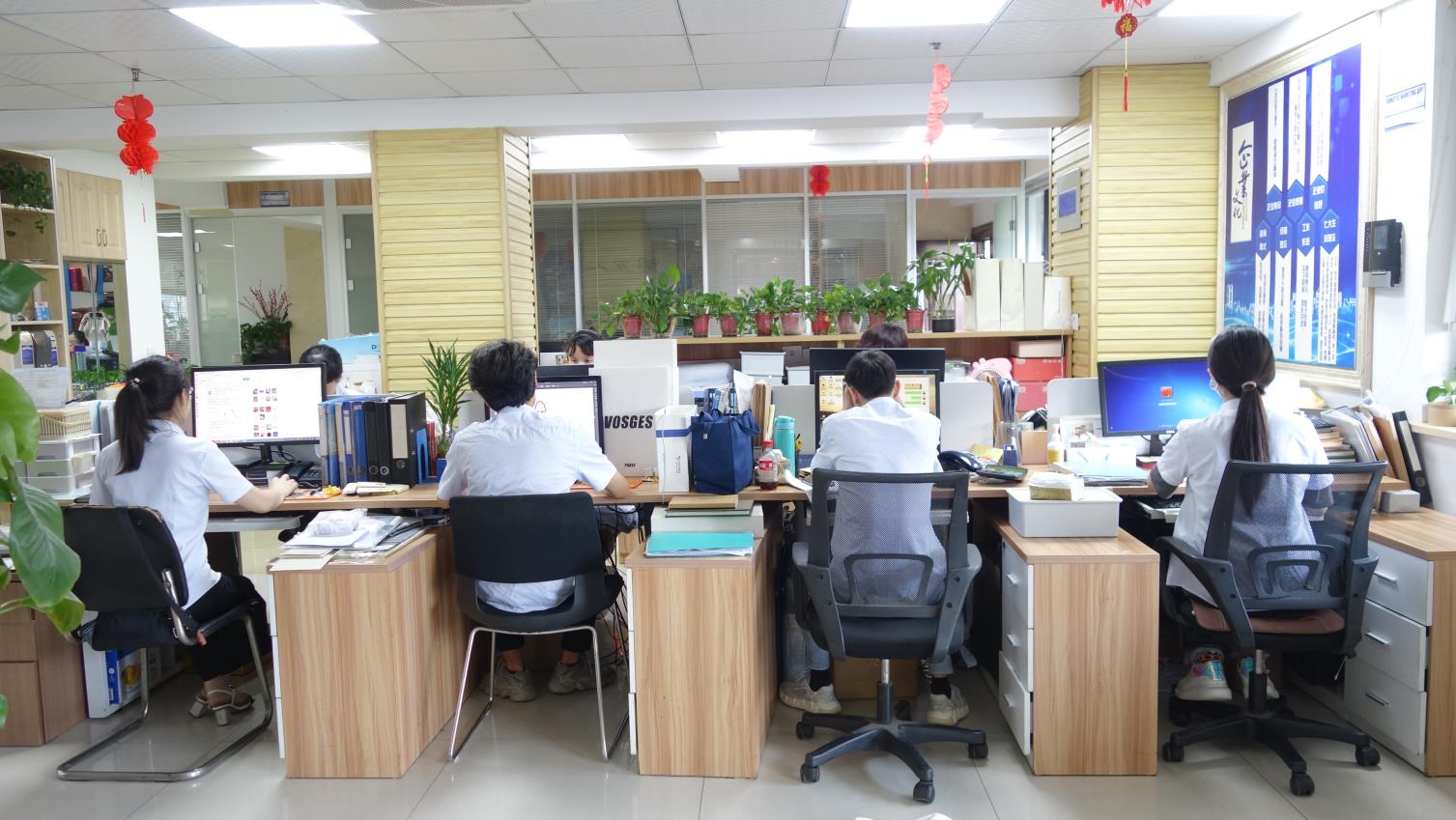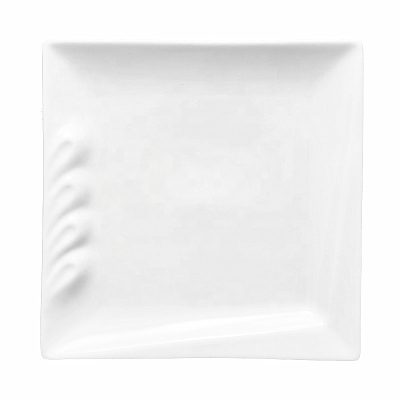
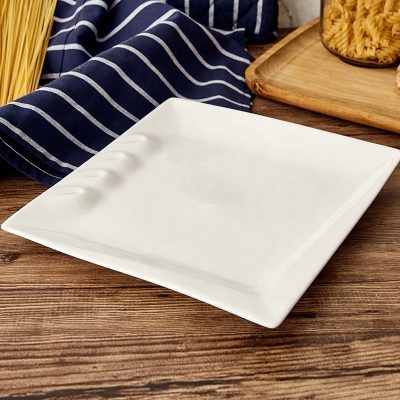
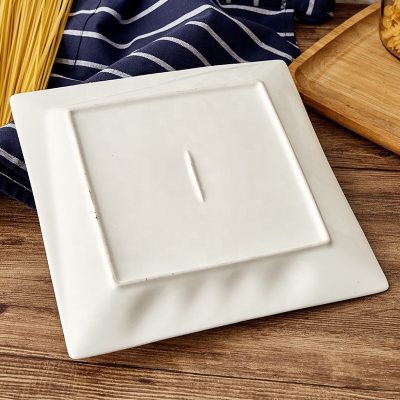
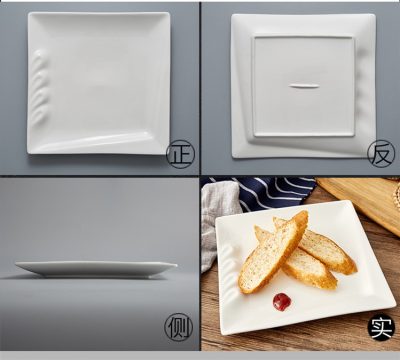
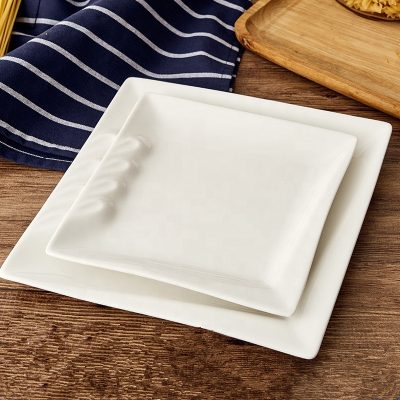
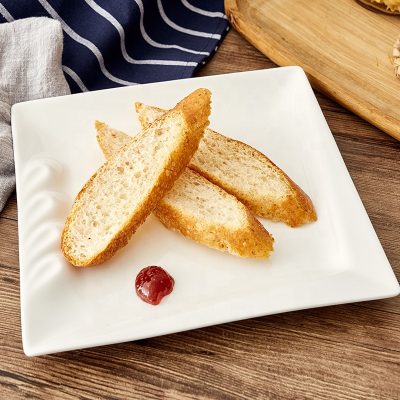
| Product Name | Square Charger Plates |
| Product Type | Centrifuge |
| Material | Crystal glass |
| Size | 13 Inches |
| Weight | 720g |
| Sample lead time | 3-5 days |
| Feature | Eco-Friendly |
| OEM service | Different styles and custom designs are welcomed |
| Color | Clear,Gold,Silver,Rose Gold Clear,Eec. |
| Price Terms | FOB/C&F/EXW |
| MOQ | 16 pcs |
| Delivery time | 30-45days after receiving deposit |
Ceramic tableware refers to all artificial industrial products that use inorganic non-metallic minerals such as clay as raw materials. It includes various products made by mixing, shaping and calcining clay or a mixture containing clay. Ceramic tableware, from the roughest earthenware to the finest fine pottery and porcelain, belongs to its range. Its main raw materials are silicate minerals (such as clay, feldspar, quartz, etc.) taken from nature, so it belongs to the same category of “silicate industry” as glass, cement, enamel, refractory and other industries. The firing and application of ceramic tableware has a long history in my country. Its shapes are diverse, colorful, cool and smooth, easy to wash, and are deeply loved by the Chinese. The production methods of ceramic tableware are divided into three types: on-glaze color, under-glaze color, and in-glaze color. On-glazed ceramics are made of colored paper with pigments, which are pasted on the glaze or painted directly on the surface of the product, and then baked at low temperature. Since the baking temperature cannot reach the level of melting of the glaze layer, the flower surface cannot sink. into the glaze. When you touch the on-glaze ceramics with your hand, you can feel that the flower surface has obvious bumps; the baking temperature of the on-glaze ceramics can make the glaze melt, the pigment can sink into the glaze, and it will be covered by the glaze layer after cooling. There is no obvious bump to the touch; all the underglaze ceramics are decorated on the porcelain blank. After the glaze is applied, it is fired at a high temperature. The flower surface is covered by the glaze layer, which looks bright, flat and feels smooth.
For ceramic tableware containing food, attention should be paid to the decoration of the surface in contact with food. For ceramic tableware used to hold acidic food, products with less decorative patterns on the surface should be used as much as possible. Pay attention to whether the color of the pattern is bright. If it is not bright, it may be that the temperature does not meet the requirements when baking the flower. The lead and cadmium dissolution of such ceramic tableware products are often high. Pay particular attention to ceramic tableware with patterns that can be wiped off by hand, which have high levels of lead and cadmium leaching. For uneasy ceramic tableware, you can soak it in vinegar for a few hours. If you find that there is a significant change in color, magnesia porcelain tableware has outstanding characteristics such as high whiteness, high strength, and high thermal stability.
